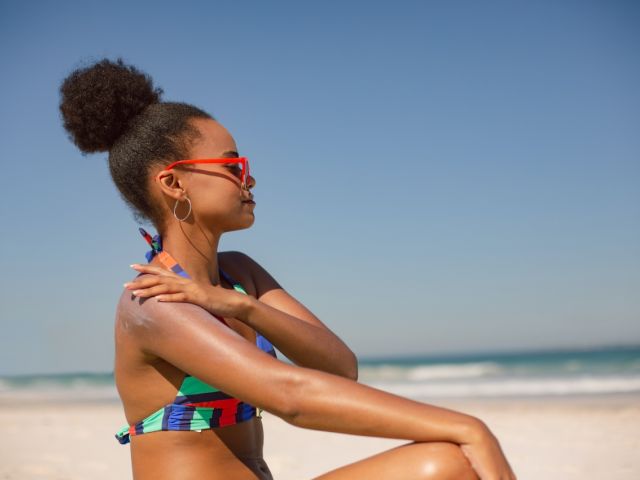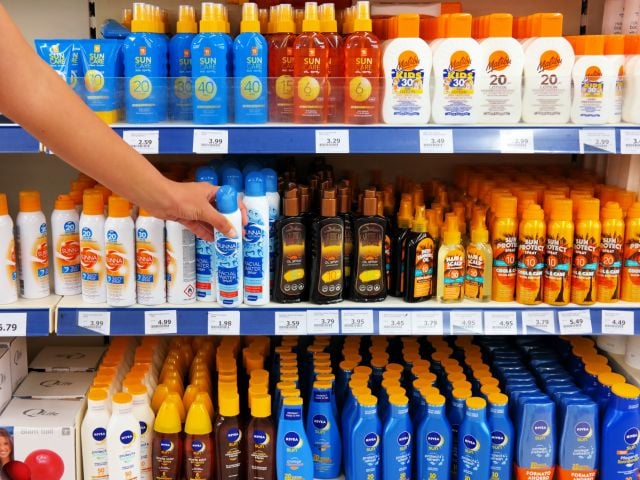Washington, D.C. – With fall here, millions of Americans are outside at football and soccer games, cross-country meets, school fairs, picking apples and raking leaves.
As temperatures lower and bathing suits go into the bottom drawer, thoughts of sun protection fade with summer's tans.
That's a mistake.
Sunburn-causing ultraviolet B (UVB) radiation strikes the ground with less intensity when the sun rides lower in the sky, but the bombardment of ultraviolet A (UVA) radiation continues. By mid-October, studies show, a person’s chances of getting sunburned by UVB rays decline by about two-thirds, but he is still exposed to half the UVA radiation of a mid-summer day. UVA rays are far more prevalent than UVB rays and penetrate deeper into uncovered skin, posing a serious and insidious threat to human health. Yet most of the sunscreens on the U.S. market today offer woefully weak protection against relentless UVA rays.
A new Environmental Working Group (EWG) analysis of 446 beach and sport sunscreens with SPF ratings of 30+ found that nearly two-thirds of them provide inadequate UVA protection. Those 284 products are too weak for the European market, where manufacturers voluntarily comply with a European Union recommendation that all sunscreens provide meaningful UVA protection in relation to the sunburn protection factor (SPF), a measure of the product’s ability to shield against UBV rays.
“UVA radiation is associated with a number of serious health problems, including an increased risk of skin cancer,” said Jane Houlihan, EWG’s senior vice president for research. “While sunburns become rare in the fall and winter months as UVB radiation drops off, UVA rays continue to assault our skin with a higher intensity relative to UVB rays than during the summer.”
EWG has determined that only one-third of high SPF products offer strong protection against both UVA and UVB rays, making American sunscreens worse overall than those sold abroad. Despite the claims on sunscreen labels claim, there's no such thing as an all-day, sweat-proof, waterproof sun block. Many products advertise but do not actually provide "broad spectrum" sun protection.
“Some U.S. sunscreen-makers are marketing inferior products with overstated claims,” Houlihan said. “As long as this is the status quo, millions of Americans are at risk for sun damage and skin cancer.”
A major obstacle to progress is the federal Food and Drug Administration, which has never managed to sign, seal and deliver the sunscreen regulations it began developing in 1978. The latest draft of those rules was issued in 2007 but ended up in regulatory limbo, where it remains.
# # #
EWG is a nonprofit research organization based in Washington, DC that uses the power of information to protect human health and the environment. https://www.ewg.org



